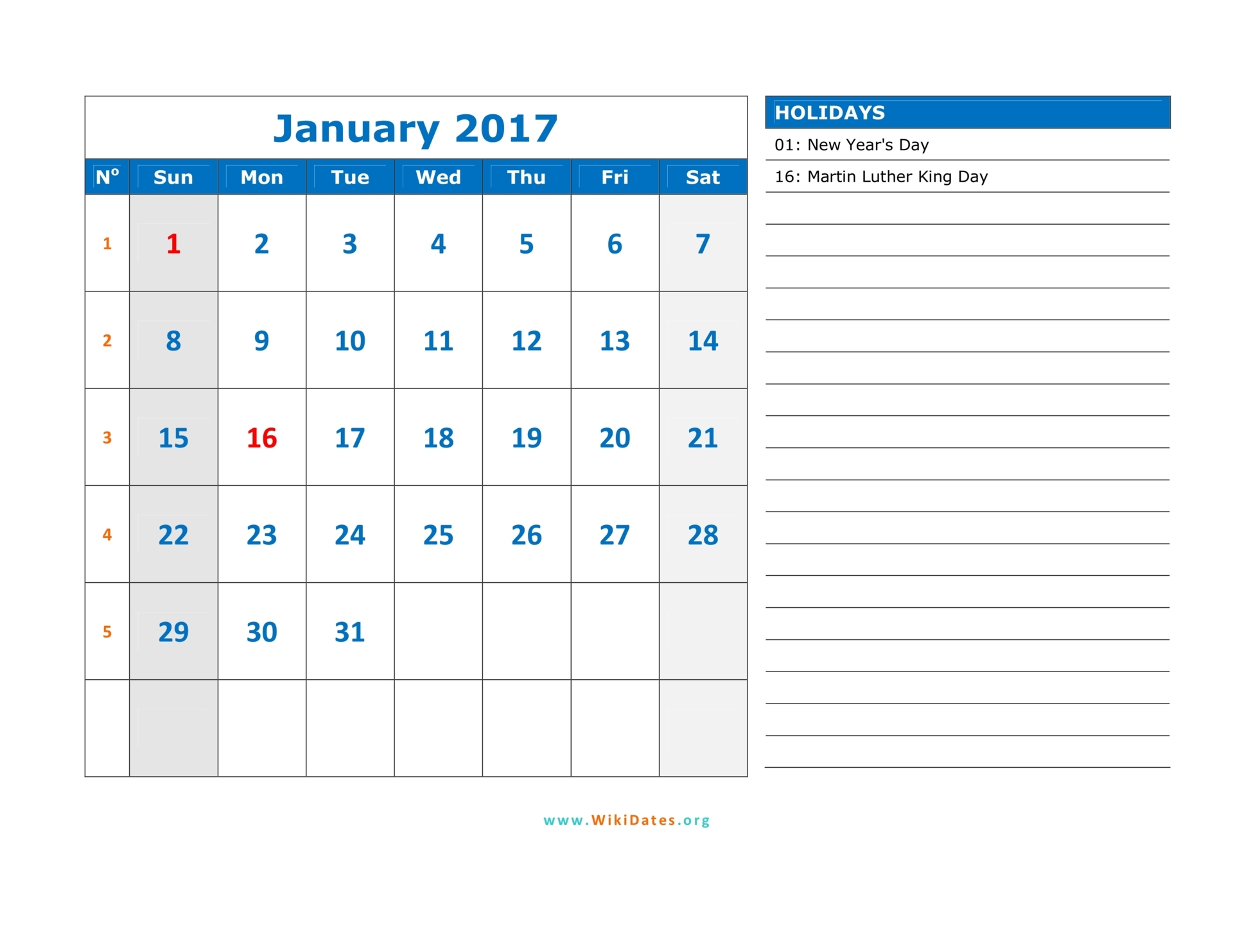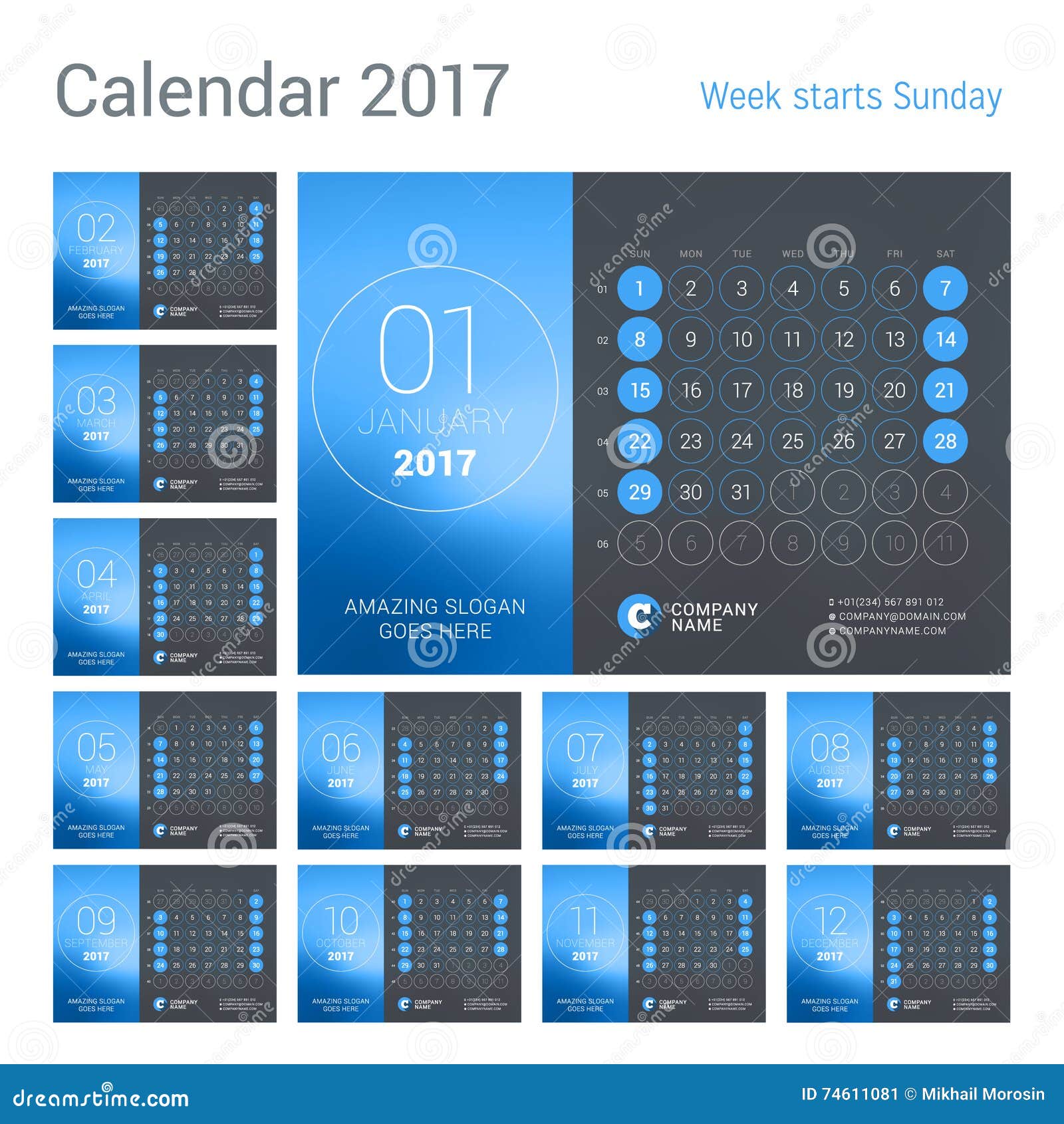
Month Name: The common name for the month, such as February or October.In some countries the number 1 is used to represent Monday, though here we will use Sunday for this calculation. Day of Week: The numeric representation of the day of the week, a number from 1(Sunday) through 7 (Saturday).Day Name: The common name for the day of the week, such as Tuesday or Saturday.Calendar Quarter: The numeric representation of the quarter, a number from 1-4.Calendar Year: The numeric representation of the year, such as 1979 or 2017.The maximum value depends on the month and on whether it is a leap year. Calendar Day: The numeric representation of the calendar day, a number from 1-31.Calendar Month: The numeric representation of the month, a number from 1-12.The simplest metrics are basic date components, including:
2017 week number calendar how to#
Once introduced, we’ll walk through how to populate this data, and then how to use it.
2017 week number calendar free#
For our examples here, we will include 33 different metrics (plus the calendar date itself), though you are free to add more as needed. This is where we should look at our reporting needs and determine what sorts of date-related calculations we perform on a regular basis. Our first step is to identify and define metrics that we want to collect. There are many different reasons why a calendar table can be useful-this article is our opportunity to create one from scratch, populate it with data, analyze it, and put it to good use! Maintaining calendar data in a single table ensures we do not encounter inconsistencies between different reports, reporting systems, or applications that need it. Important business logic, such as holidays, can be centralized and maintained in a single location. Performance against this data is generally quite fast.Ĭomplex reports can be simplified by removing commonly used DATEPART and DATEADD computations.

We can implement a large number of calendar metrics, and can easily add more as needed.Ĭalendar data is tiny in terms of space used. Here are some reasons why this data is useful and why storing it in a dedicated table can be a great decision:ĭata is relatively easy to generate and requires little maintenance once created.Ĭalendar data can be used to service any reports that require it, removing the need to recreate it in each report. At first glance, it may seem that a table such as this would be superfluous, and that this data is easy to generate, but oftentimes as our reporting needs become complex, so does the creation, maintenance, and usage of this data.Īs a result, storing calendar data in a permanent location can be an easy solution. Each subsequent column will be an attribute of that date, where the types and size of those columns can vary greatly. The primary key of this table will always be the date, or some easy-to-use representation of that date. These may be the result of DATEPART operations, time of year, holiday analysis, or any other creative operations we can think of.

What is a Calendar Table and Why is it Useful?Ī calendar table is a permanent table containing a list of dates and various components of those dates. While any of this information can be calculated on the fly, a calendar table can save time, improve performance, and increase the consistency of data returned by our important reporting processes. These may include weekdays, holidays, quarters, or time of year. There is a common need in reporting to aggregate or return data that is crunched based on date attributes.


 0 kommentar(er)
0 kommentar(er)
